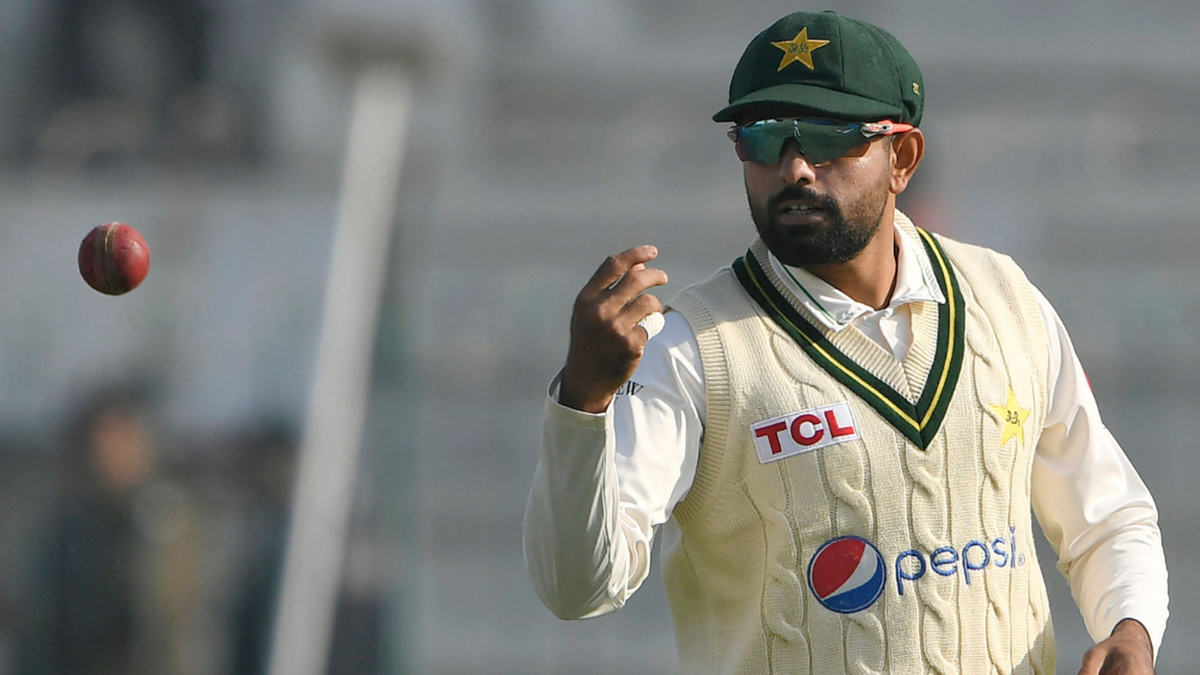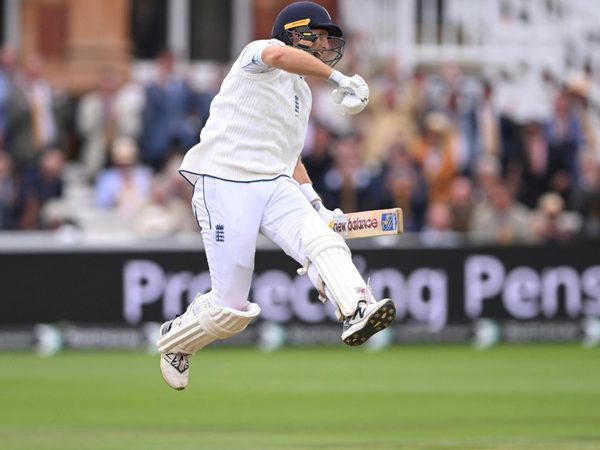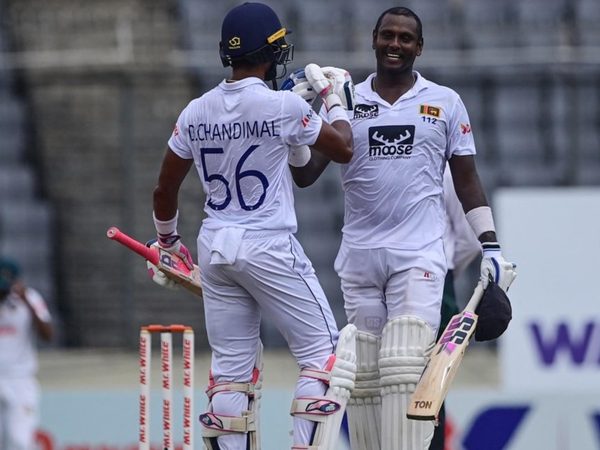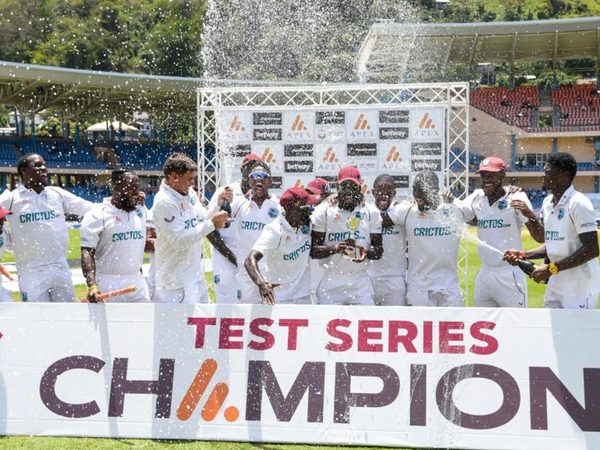
In 2022, Pakistan have lost three of their five Test matches at home and won none. They have got several things wrong, some of them glaring.
Poor pitches
The pitches were reasonably good when in 2019/20, when Test cricket returned to Pakistan after a decade. Pakistan beat Sri Lanka and (in an incomplete series) Bangladesh, and in the next season, South Africa. More importantly, the pitches were significantly different from what Pakistan had experienced in their adopted ‘home’ in the UAE. While the spinners struck once every 61 balls in Pakistan (slightly more frequently than the 65 in the UAE), the strike rate dropped from 67 to 49 for the seamers.
For a couple of years, it seemed the Golden Age of Pakistan Fast Bowling was about to return. Yet, when Australia and England came over in 2022, Pakistan responded with one placid pitch after another. It is not clear whether they wanted to blunt the opposition pace attack, but they certainly did not assist the home fast bowlers. They have struck once every 74 balls this year at home; at 67, Pakistani spinners have done roughly what they had been doing all these years.
Defensive cricket has seldom helped win Test matches. To do that in home conditions, particularly with a World Test Championship final berth at stake, certainly did not help the team’s cause. And in an era when Test cricket has been fighting an uphill task to stay relevant outside England, Australia, and India, the placid pitches hurt more than Pakistan cricket.
Curious selection
Pakistan left out leg-spinner Yasir Shah, their fifth-highest Test wicket-taker of all time, in favour of two other leg-spinners, Zahid Mehmood, 34, and Abrar Ahmed, a decade younger than Zahid. Before the Test series, Abrar had taken 76 first-class wickets at 25.57 apiece, and Zahid 166 at 37.45 each. In this season’s Quaid-e-Azam Trophy, Abrar’s 43 wickets had come at 21.95 each, and Zahid’s 12 at 36.17.
Conventional wisdom would have backed Abrar, but Pakistan went for their more experienced bowler. Zahid set a few world records with match figures of 6-319 on Test debut. He did better in Multan (6-115), but they were wickets No. 8, 9, and 10 in each innings. Abrar, on the other hand, took the first seven wickets in Rawalpindi, and finished with 11-234, setting some records of his own, none of which were as dubious as Zahid’s.
Yet another curious omission was of Mohammad Abbas, whose 90 Test wickets have come at 23.02 apiece – a number bettered by only Imran Khan among Pakistan fast bowlers. Given Haris Rauf’s pace and ability to reverse swing, one can understand him getting the nod – but not Mohammad Ali, who is anything but quick.
Abbas had not featured against South Africa either, and did not return even when Rauf was ruled out of the Multan Test match. Ali played both Test matches for four expensive wickets.
Where are the fast bowlers?
Really, where are they? Shaheen Shah Afridi’s unavailability would have been a blow to any side, but this is Pakistan, who have, over the years, produced fast bowlers almost at will. Once Rauf and Naseem Shah were ruled out in Multan, Pakistan went in with two leg-spinners (Abrar and Zeeshan), one medium-fast bowler (Ali), and three all-rounders, of whom only one (Faheem Ashraf) bowled seam, that too at a pace slower than Ali’s.
England had undone Pakistan with reverse-swing in the fourth innings in Rawalpindi. They did the same in the fourth innings in Multan. Pakistan, traditionally one of the richest reserves of pace bowling, had no response.
The curious case of Imam
Don Bradman played three Test matches in Old Trafford, averaging 27. Had he not, that iconic 99.94 would have read 103.21. Imam-ul-Haq’s career has panned out the other way. His average of 37.56 is not too bad – but take out the two Test matches Rawalpindi (where he averages 145.67), and it drops to 26.38.
The fourth-innings rearguard act in Multan might have bought Imam some time, but it may not be very long before one of the seasoned Shan Masood or the obviously talented Mohammad Hurraira breaks through.








